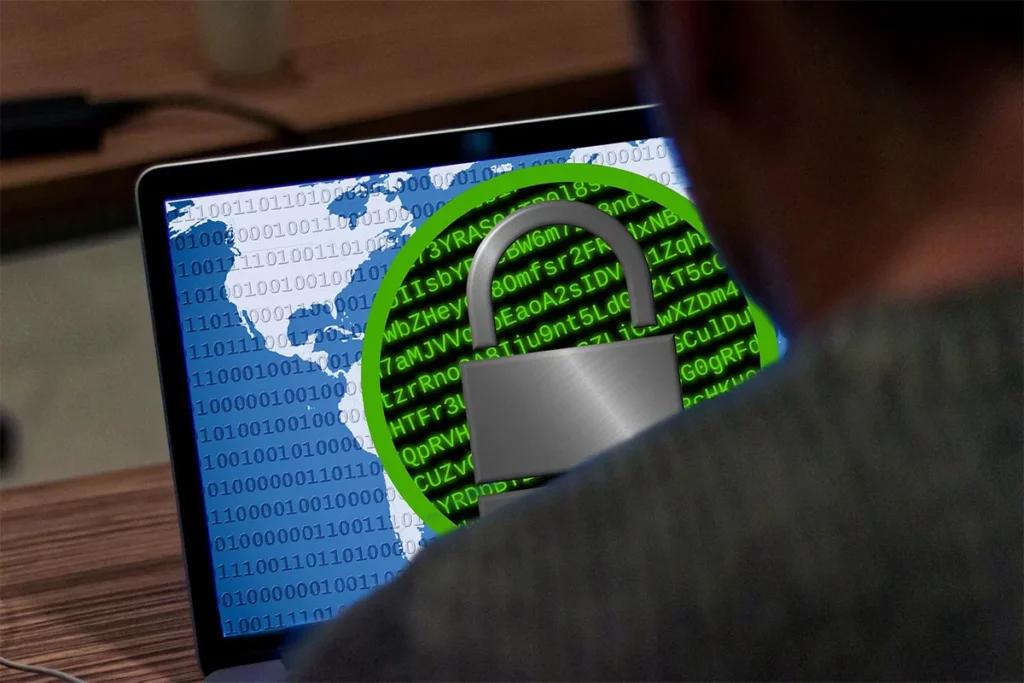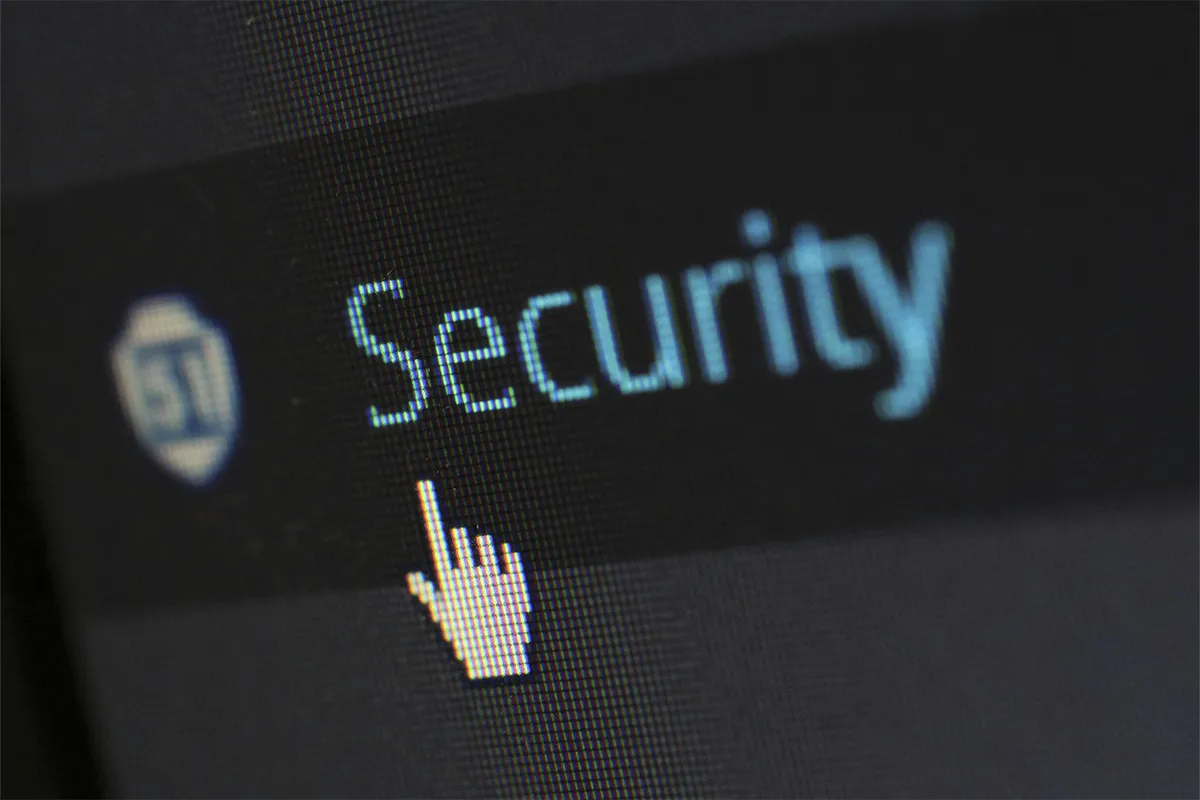Emails need encrypting today. We face more online dangers, and if someone gets to your emails, they can see your private stuff. People who use cheaper email services take a risk. These services might save your emails where others can read them easily. They may not protect your messages well.
Outlook lets you encrypt emails in two main ways. It usually uses something called Opportunistic TLS to hide your emails when sending them. But this way is not very strong and has problems.
As compared to Outlook, encrypting email in Gmail is a bit different. If you pay for Microsoft 365, Outlook gives you better ways to protect your emails. You can choose options like Encrypt and Do Not Forward.
Problems with Opportunistic TLS
This Opportunistic TLS is not always safe. If the other person’s email does not do higher security, your email might go without encryption. Someone could listen in.
Opportunistic TLS hides your message only when it is moving. When it stops at the other place, it could be open for anyone to see. This puts your data in danger.
Hackers can also trick the system to make your encryption weaker. This makes it easier for them to read your emails.
Moreover, Opportunistic TLS does not make sure your email is encrypted all the way to the end. If the other email place is not safe, your email could still be unguarded.
Advanced Encryption with Microsoft 365
If you have Microsoft 365, Outlook gives you stronger security. You can make your Outlook emails encrypted and stop them from being forwarded. These methods make your emails very protected. They keep your emails safe while sending and when the person gets them. Only the people you want can see encrypted emails, so you do not have to worry about online dangers.
Outlook gives Microsoft 365 users better safety options: Encrypt and Do Not Forward. Your emails are safe from other people when sent and when someone gets them.
Encrypt in Outlook has many good points. It keeps your emails encrypted for everyone but the person you send them to. This is true when you send it and after the person gets it. Encryption is better than normal protection, and it makes emails very private.
What does it do? When you use Encrypt, Outlook keeps your email and files safe. Only the person who gets the email can open and read it. This stops bad people on the internet from seeing your emails. If they take your email, they can not understand it. Encrypting is very important to keep important emails safe.
Using Do Not Share
Do Not Forward stops the person who gets your email from sharing it. This is good for keeping encrypted files safe. When you pick Do Not Forward, Outlook makes the email and files safe.
The person who gets it can not share, print, or copy the email. If they download Microsoft Office files, those stay safe, too. It is important to know the things it can’t do.
This part does not work for files that are not from Microsoft like PDFs, pictures, or documents made by others. People can still take pictures of their screens or tell others their passwords. That can show your secret stuff.

Step-by-Step Guide to Encrypt Your Emails:
First, make sure you have Microsoft 365 Personal or Family. You get better encryption tools in Outlook with this. It keeps your emails safe, even if the other person’s email system is not strong.
Follow these steps to send an encrypted email in Outlook:
1. Write your email. Open a new message in Outlook to start.
2. Find the options for your email. Go to the “Options” tab to see more choices.
3. Make it encrypted. Click the “Lock” sign. This shows a list of choices for who can do what.
4. Choose your encryption level. Choose “Do Not Forward” or “Encrypt” to keep it private.
5. Send your encrypted email.
Outlook makes it easy. It changes the message back so it’s easy to read. People can answer without extra steps, and the message will remain encrypted.
People who do not use Outlook get a different way. They show who they are by looking at the encrypted email. Find out how to write a Gmail confidential email. Check out our easy and step-by-step guide.
Google and Yahoo users sign in with their accounts and see the message on a website. People using other emails ask for a code sent to them once. They put in this code and see the email on a website.
Addressing Limitations in Email Encryption
Even with strong encryption, some things are still not perfect. It thinks the person getting your email has a safe mailbox. If someone bad gets into the recipient’s mailbox, they can read encrypted messages if they ask for the passcode. This makes encryption useless.
Social engineering is still a danger. No encryption can stop all human mistakes or social engineering. If people share passwords or get tricked by phishing, encrypted email is not safe.
The “Do Not Forward” feature is more for warning people than stopping them. It stops people from forwarding emails, but they can still take pictures, show others, or share the passcode. It shows you do not want to share, but it cannot make sure it does not happen.
Conclusion
In 2024, using encryption for emails in Outlook is important to keep digital talks safe. New cyber dangers need strong security, and Microsoft 365 encrypts in good ways. Opportunistic TLS encrypts just while sending but not when emails get to the other server.
Problems with this include possible attacks that weaken encryption and the chance of sending emails without encryption if the other server does not have TLS.
Microsoft 365’s better encryption choices, Encrypt and Do Not Forward, cover these security holes well. They keep emails safe and private even when delivered. By using these, you protect your private information better.
Encrypt keeps emails safe while sending and storing, stopping unwanted access. Do Not Forward helps keep your information from being shared.
But even with better security, people need to know there are still risks. Even good encryption does not work if someone breaks into the recipient’s mailbox. People can make mistakes like sharing passwords or being tricked by fake emails, even when there is encryption. The option that stops forwarding depends on the person who gets the email, and they might not always follow the rules.

